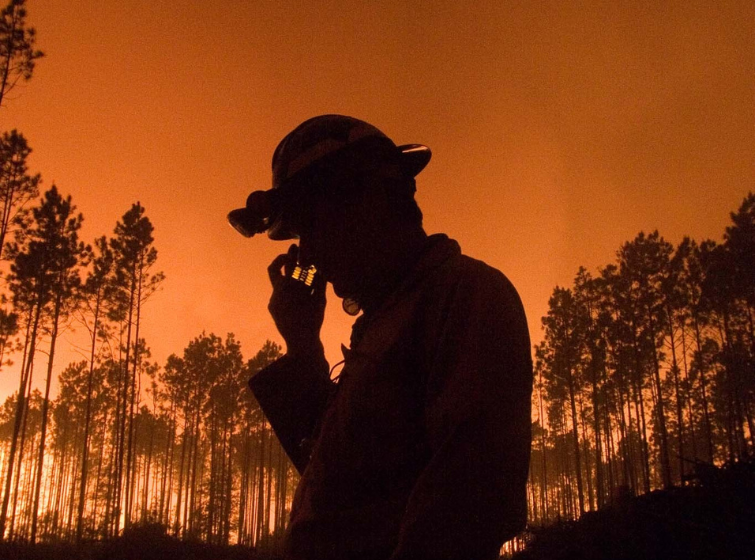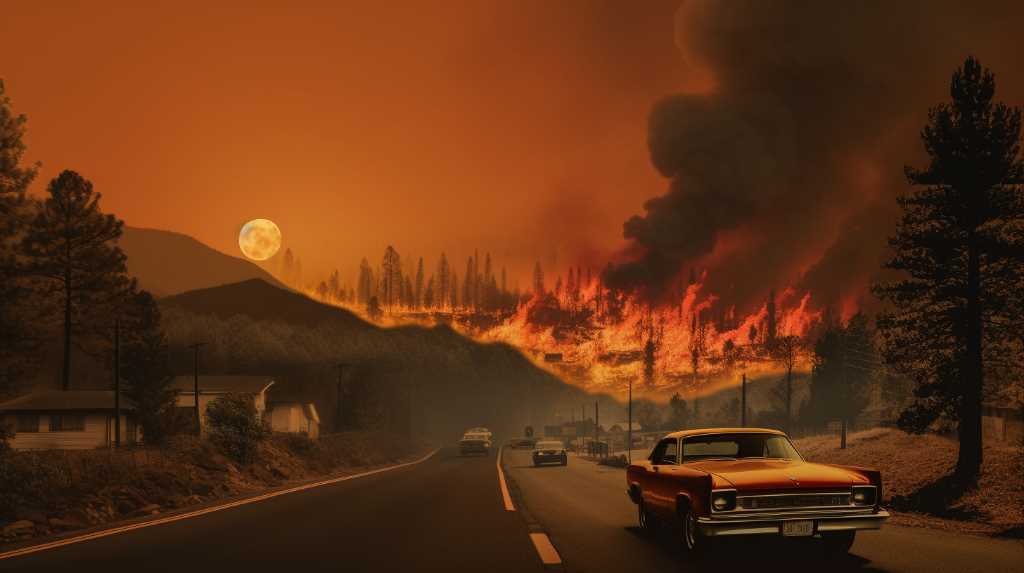As the Southeastern United States grapples with the escalating wildfire crisis, resources are being stretched thin. Persistent drought and worsening fire weather conditions are exacerbating the situation. In response, the Southeastern Forest Fire Compact has been activated, marking a significant step in the fight against these devastating wildfires.
Activation of the Southeastern Forest Fire Compact
On a recent Sunday evening, Kentucky State Forester Brandon Howard activated the Southeastern Forest Fire Compact. This move is designed to facilitate the sharing of resources among partner states to combat the wildfires in Kentucky. This is the second activation of the compact in the region since August, underscoring the severity of the situation.
Cooperative agreements such as the Southeastern Forest Fire Compact enable state forestry agencies to swiftly and efficiently dispatch wildland firefighting resources and personnel across state lines. This cooperation is crucial in suppressing the wildfires that continue to ravage the region.
Unrelenting Weather Conditions Fuel Wildfires
The Southern United States has faced a challenging summer marked by daily temperatures exceeding 100 degrees, abnormally low relative humidity, and critically dry vegetative fuels. These conditions have led to extreme wildfire activity. Unfortunately, the fall months have not brought any relief, with wildfire conditions worsening and spreading further across the region.

This week, the South will continue to grapple with unseasonably hot temperatures, an unstable and drier-than-normal atmosphere, underlying drought, windy and dry conditions, and an increased potential for lightning. These factors all contribute to the dangerous wildfire conditions. This year alone, the southeastern states have witnessed more than 21,600 wildfires, burning well over half a million acres.
Hope for Rainfall Amidst Unprecedented Wildfire Situation
“We are hopeful the Southern Region will receive some good, wetting rainfall in the coming weeks based on what we’ve seen in our predictive intelligence,” stated Jim Prevette, Fire Director for the Southern Group of State Foresters. “But in the meantime, we must lean on one another to tackle this unprecedented wildfire situation and ensure the protection of our people, communities, and natural resources.”
For more information about the ongoing wildfire situation in the South, individuals are encouraged to visit the SGSF Wildland Fire Management webpage or reach out to their local state forestry agency.
